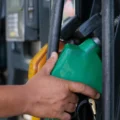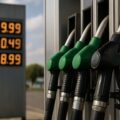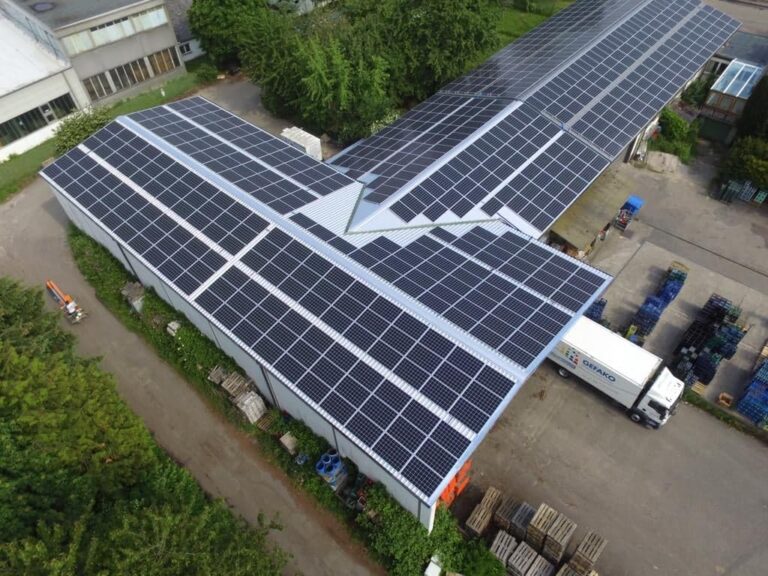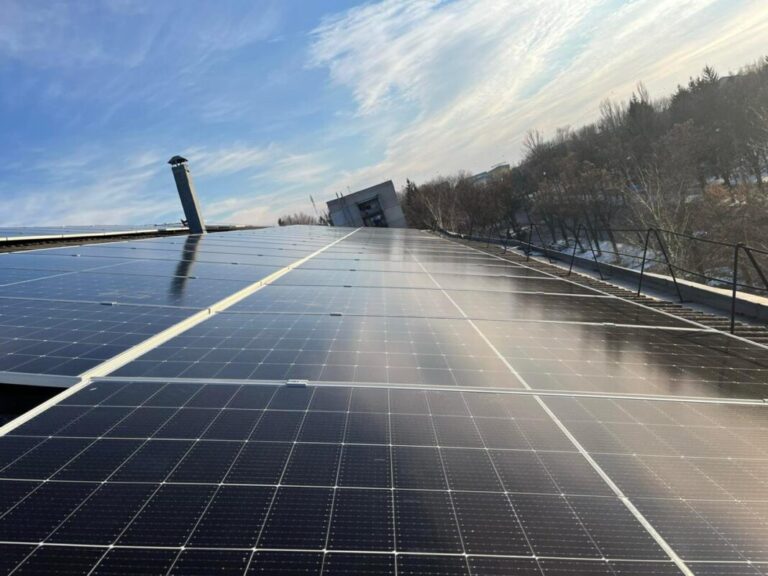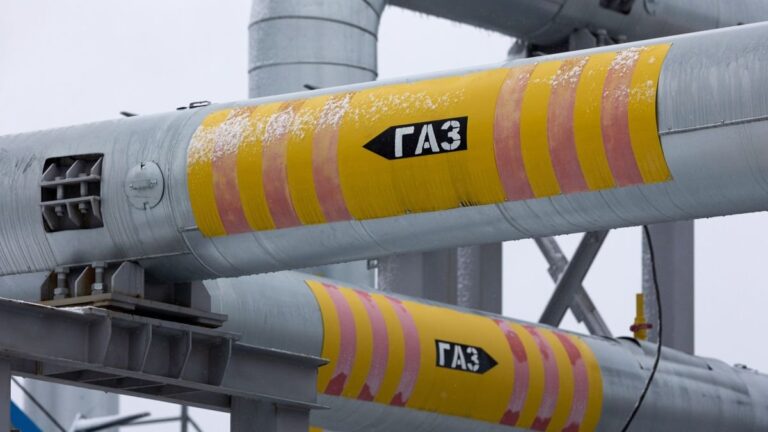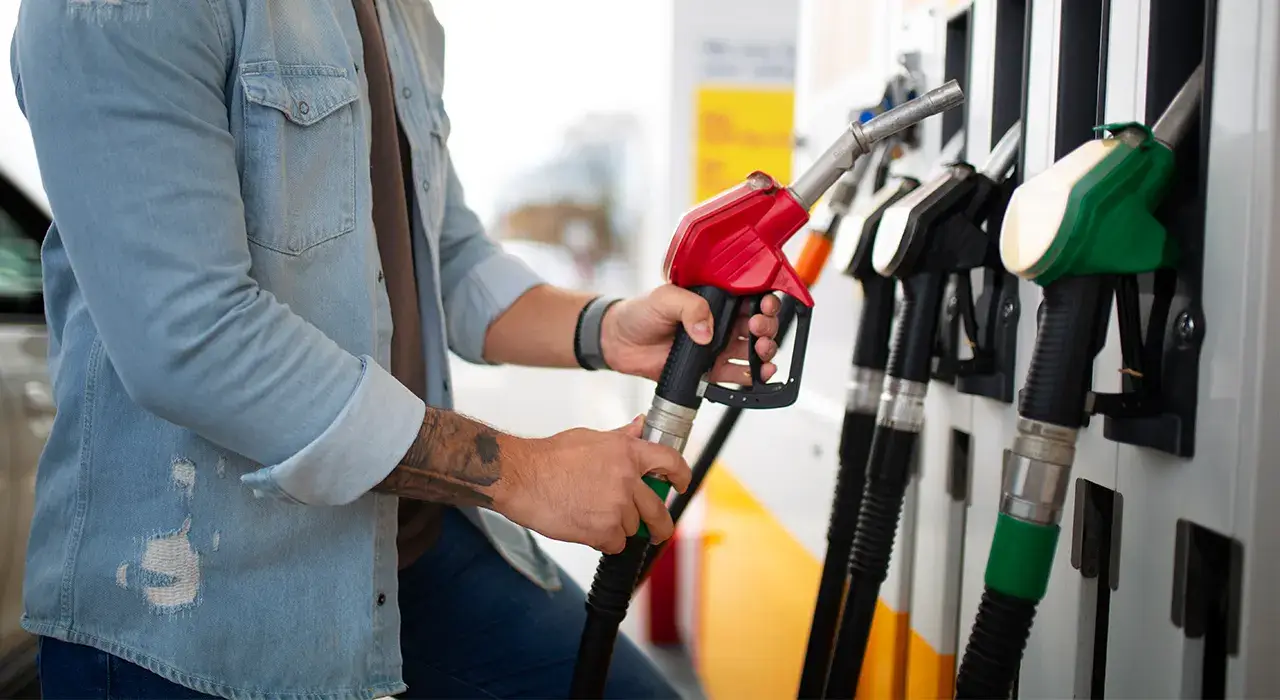
Ukraine’s Fuel Market 2025: How Prices Stabilized Despite Global Fluctuations and New Logistics
In September 2025, the Ukrainian fuel market remains one of the most dynamic segments of the economy, sensitive to global trends and, at the same time, resilient thanks to reserves, flexible logistics, and a surplus of autogas.
Despite the drop in oil prices on global markets and sharp swings in futures, fuel prices at Ukrainian gas stations remain virtually unchanged. The main reasons are supply reorientation, strategic reserves in large networks, and an LPG surplus.
The situation on the Ukrainian market is defined by new supply risks. Gasoline and diesel traders are being forced to abandon the Romanian port of Constanța, which may come under sanctions, and redirect supplies to Greek and Italian terminals. Due to these risks, experts forecast certain “turbulence” in the wholesale segment.
“Large importers of gasoline and diesel are already stopping contracts at Constanța and purchasing fuel in the Mediterranean. And we are entering the winter season, when the Black Sea has storms. So irregular deliveries with occasional shortages are possible,” notes Dmytro Lyoushkin, founder of the Prime group of companies.
However, the current surplus and existing reserves make it possible to avoid sharp price spikes for end consumers.
Global Prices and Domestic Balance: Divergent Trends
Despite the drop in global oil prices Brent falling to $66.68 and WTI to $62.68 per barrel there have been no drastic changes on the Ukrainian market. Oil is becoming cheaper due to the slowing US economy, rising unemployment, and the tough anti-immigration policy of the Trump administration.
The US Federal Reserve has lowered the interest rate to 4%, announcing further reductions this has also added uncertainty to the global market.
However, fuel prices at Ukrainian gas stations remain stable:
- Diesel on the wholesale market rose by 0.90 UAH/l to 47.21 UAH/l, but between September 17 and 19, it even decreased slightly.
- A-95 gasoline rose by 0.19 UAH/l to 48.78 UAH/l over the week.
- In the retail market, the average diesel price fell by 0.03 UAH/l (to 55.89 UAH/l), while A-95 gasoline dropped by 0.02 UAH/l (to 58.96 UAH/l).
All these fluctuations remain minimal, and gas station networks deliberately avoid lowering prices to maintain their margin amid declining demand.
Post List
Reasons for Stability: Reserves, LPG Surplus, and Demand Features
One of the key reasons for price restraint is the significant fuel reserves held by major networks. According to experts, even in the event of occasional shortages due to supply delays, consumers will not feel the impact.
Serhiy Kuyun, director of the A-95 consulting group, notes:
“Next week, prices for gasoline and diesel at gas stations will remain unchanged, as networks are in no hurry to lower prices because they are trying to maintain their margin amid declining fuel demand.”
Autogas (LPG) remains in surplus: in the wholesale market, prices are falling due to excess supply, margins are minimal, and the market operates mainly “to cover operating costs.” Over the week, the price of propane-butane at gas stations fell by 0.03 UAH/l to 34.07 UAH/l.
Mykhailo Shuban, founder of Sintonec LPG, emphasizes:
“Wholesale and retail prices for propane-butane will remain mostly unchanged this week, as there are no prerequisites for changes. The wholesale market is operating at minimal margin, mostly covering only operating costs. This is due to the surplus on the market. While for the retail segment, this is good, as there are plenty of offers and a wide choice.”
Currency and Futures Factor: Impact on Imports
The exchange rate in September remained relatively stable imported fuel is contracted in dollars (41.25 UAH), and excises are paid in euros (48.80 UAH). Fluctuations in futures for gasoline and diesel in European ports were insignificant and did not lead to sharp price changes in Ukraine.
The Ukrainian fuel market demonstrates resilience to global price shocks and logistical challenges. The main factors for stability are import diversification, sufficient reserves in networks, LPG surplus, and a balanced pricing policy by gas station operators.
Risks for consumers remain low: even in case of local disruptions in the wholesale segment, the retail market will not experience significant impact.
At the same time, the market is in a state of increased turbulence: logistics are becoming more complicated due to sanctions and weather conditions, and fuel demand is declining. In these conditions, the market remains flexible and is likely to maintain the current balance until the end of autumn, unless force majeure occurs from global or regional suppliers.
For consumers, this means that fuel prices at gas stations will remain stable in the near future, and supply will be sufficient to meet demand.





